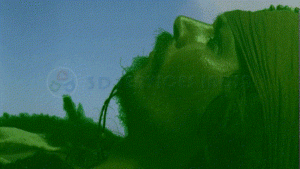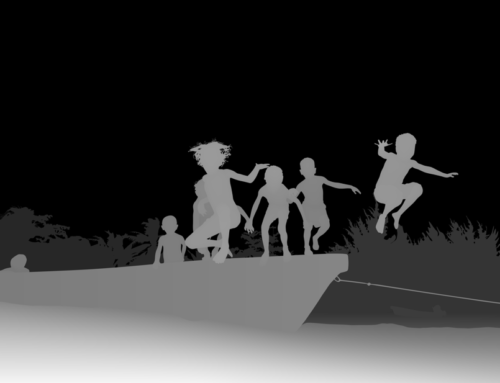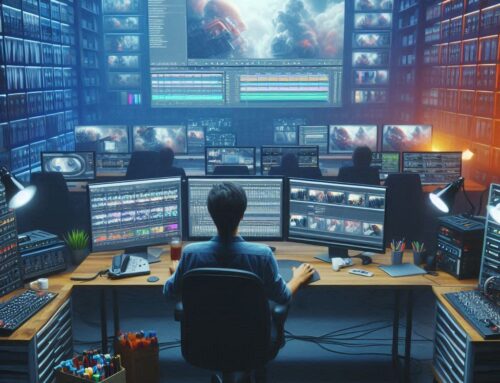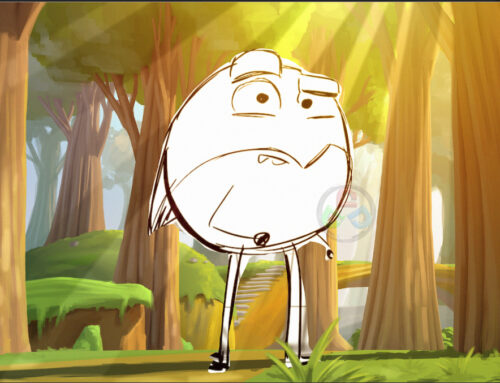Introduction: What is Rotoscoping Animation?
Rotoscoping is an enchanting technique that has been captivating audiences for decades. But what exactly is rotoscoping, and how does it work? In this article, we delve into the fascinating world of rotoscoping, shedding light on its definition, applications, and the mesmerizing impact it has on the realms of film, animation, and visual effects.
Defining What is Rotoscoping
At its core, rotoscoping is a process that involves tracing over live-action footage frame by frame to create fluid and lifelike animation. It combines the best of both worlds, seamlessly blending the real with the animated. Rotoscoping allows artists to capture the intricacies of human movement, achieving an unparalleled level of realism and expressiveness in animated characters.

The Art and Technique:
Rotoscoping is both an art and a technical craft. Artists meticulously trace the key elements of each frame, carefully refining details to create smooth transitions and lifelike motion. This technique requires a deep understanding of anatomy, movement, and animation principles. Through skillful observation and interpretation, rotoscoping artists breathe life into the animated world, infusing it with the essence of reality.
Applications in Film and Animation:
Roto-scoping finds its application in a wide range of mediums, from feature films to animated shorts. It has been used to create iconic visual effects, such as lightsabers in Star Wars and the bullet-time sequences in The Matrix. In animation, rotoscoping has been employed to enhance character movements and deliver a heightened sense of realism. The technique opens doors to limitless creative possibilities, allowing filmmakers and animators to transcend the boundaries of imagination.
Advancements and Future Possibilities:
As technology continues to advance, it has evolved alongside it. Digital tools and software have streamlined the process, making it more accessible and efficient. The future of rotoscoping holds exciting possibilities, with the potential for enhanced automation and integration with other animation techniques. The boundaries of what can be achieved through rotoscoping continue to expand, pushing the boundaries of visual storytelling.
Best Studios for ROTOSCOPING
How to rotoscope:
- Import the footage: Start by importing the footage you want to rotoscope into your video editing or animation software.
- Create a new layer: Add a new layer above the footage layer to begin the rotoscoping process.
- Trace the keyframes: Move frame by frame and trace the desired elements from the footage onto the new layer. This can be done using tools like pen tools or shape layers.
- Refine the details: Pay attention to details and ensure accuracy in capturing the movement and shape of the elements. Adjust anchor points and handles to match the contours and motion.
- Fine-tune the animation: Smooth out the animation by adjusting the timing and easing of the keyframes. This helps achieve a fluid and realistic movement.
- Add necessary adjustments: Make any necessary adjustments, such as color correction or effects, to match the rotoscoped elements with the rest of the scene or composition.
- Test and refine: Preview the animation and make any further refinements to ensure the rotoscoping blends seamlessly with the rest of the project.
- Export the final result: Once satisfied with, export the final composition or render the sequence, maintaining transparency if needed.
Note: The specific steps may vary depending on the software or animation techniques used. It’s recommended to refer to the documentation or tutorials specific to your chosen software for more detailed instructions.
Conclusion:
Rotoscoping is a remarkable technique that bridges the gap between reality and imagination. Its ability to blend live-action footage with animation has revolutionized the worlds of film, animation, and visual effects. From capturing human movement with precision to creating stunning visual sequences, rotoscoping stands as a testament to the artistry and technical mastery of the artists behind the scenes. Explore the magic of rotoscoping, and witness how this technique continues to shape the visual landscape of the entertainment industry.



